You’ve heard it everywhere, and especially here: Content is the cornerstone of marketing.
You can’t just make a flashy advertisement and buy media.
You can’t rest on the quality of your product alone.
You have to develop a relationship with your customers. And relationships are based on exchange: Give and take.
Attract your customer with something that they want, and they will come to you when it comes time to open their wallet.
- Text: Blogs, articles, and white papers
- Video: Vlogs, tutorials, or interviews
- Audio: Podcasts and chat recordings
- Visual: Infographics and photographs
No matter the form or media, creating content is all about people who consume that content.
It’s about generating traffic, turning that traffic into leads, and converting those leads into customers.
But it’s not automatic. And it’s not easy. Almost everyone is creating content these days. Just look at what happens during one second on the internet:
With so much competition, few people or businesses get their content strategy right on the first try.
And that’s normal.
On the Internet, we try and test and fail and start over. It’s the natural cycle.
To adhere to the test-and-learn philosophy, it’s crucial to understand when the signs are telling you that it’s time to shift your content strategy.
When it’s time to try something different.
Even though you can never be sure that a shift will work out better, you can be sure of the moment when everything is telling you that your content plan is not working.
The signs will tell you if you’re missing the mark.
Recognizing the signs that your content strategy isn’t working
Sign 1: Your traffic isn’t growing.
One of the realities of building a qualified audience is volume. You need to reach enough people so that you start to achieve your business goals.
Not every one of your unique visitors will become a future customer.
The truth is that very few of them will become customers, so to become successful, content needs to attract a substantial number of people.
Google algorithms and SEO help people find content that provides actual value. If you want people to find and consume your content, you must deliver that value.
If your traffic isn’t growing, it could mean two different things:
- Your content isn’t reaching new people.
- People who have read your content aren’t coming back for more.
It’s probably a combination of the two.
Growth should look like this:
Look at your own stats. Have they stayed flat no matter how much new content you publish?
Growth might be gradual or exponential. If it’s not growing, or growing too little, that’s the first sign that your content strategy isn’t working.
Sign 2: Your traffic isn’t coming from Search.
There’s a reason why Google is called a search engine. It’s the motor that keeps the traffic of the web going.
As you build out your content plan, Google will start paying attention to you.
I’ll touch on a few SEO tactics later in this post, and you can always check out my step-by-step SEO guide, but the important thing is to see where your traffic is coming from.
While we’re on the subject, direct traffic is also a great marker of a content plan. Direct traffic comes from people who type your URL to come directly to your site.
Over time, if you’re producing content that has value, people will come back directly to see what you’ve created recently.
It takes time to develop direct traffic.
Once you start to see it, it should take up a bigger and bigger portion of your traffic. If not, that means people aren’t coming back.
One more word about sources of traffic: If you have no referring traffic, you’re not properly executing a content plan.
You could be creating the best content in the world, but if you don’t have other people helping you and linking to your content, it’s going to be very hard to get people to see what you’re creating.
Sign 3: Your content isn’t getting shared.
Think about when you find a great article. The first impulse is to share it, whether by messaging your friend the link on WhatsApp or blasting it out to your network on Facebook.
People should have the same reaction when they see your content. If they do, they will share.
If your share counters at the top and bottom of your posts are still holding in the single digits, that’s a strong signal that it might be time to rethink what you’re creating.
But once you start seeing share numbers like below, you’ll know that you’re on the right track.
Sign 4: You’re not getting contacted.
Good content starts conversations.
Maybe it’s a simple thank you. Sometimes, content inspires comments, questions, or arguments.
Sometimes content can convert all by itself, but often content is the hook to start conversations.
The trick to making content work is to turn these conversations into conversions.
If your content isn’t sparking conversations, readers might not see value in what you create.
Good content will engage even a very small audience.
And even with a small audience, you should still get comments. If you do, that’s a good sign your content is working. Here are a couple of examples from my recent posts:
If no one is saying anything, it’s time to worry!
Check out my recent video about how to get more comments on your blog:
Sign 5: Your content isn’t converting.
Trust me, I love writing. I have penned (digitally, of course) thousands of articles.
But writing for the sake of writing is not a content marketing strategy.
Content needs to be developed and planned in such a way that each piece builds upon the other content you’ve created.
It has to attract people, start conversations, and develop relationships.
Then you convert these relationships into business.
Particularly in the B2B space, content marketing is rapidly becoming the fundamental way of generating new leads. Just look at this stat:
If your content isn’t converting into business, it’s failing in its most fundamental objective.
If you have some of these problems, it might be time to reevaluate your content strategy. But don’t go throwing it all out of the window just yet!
- There might be technical and operational issues that are holding you back.
- They might be things that you didn’t know about.
- They might be things you knew about but haven’t gotten around to doing yet.
The point is to use the following checklist of the basics before you shift your content strategy to make sure that your problems are truly coming from your content and not from a different issue.
Technical issues and not following best practices can hold back even the best content strategy.
Content marketing checklist
Have you found a balance between length and frequency?
It’s tempting to favor a more frequent posting strategy.
You should resist that temptation.
Content that works is content that has value.
It’s very difficult to give anything of value in 300 words. Celebrity gossip, yes. Truly valuable, actionable content that will help someone? Not so much.
The optimal length of content is actually around 2,500 words according to Snap Agency.
Just take a look at the average length of content showing up in the top 10 of Google search results.
If writing more in-depth pieces means posting less frequently, don’t despair. It will depend on the amount of time you can invest in your content creation.
There is only so much time in the day.
Plus, not all businesses function the same way.
Look how evenly distributed these posting frequencies are among businesses:
The important thing is to test and find out what’s right for you!
Are you posting regularly?
There is a reason why magazines come out every month or every few weeks. It’s so their readers know when the next issue comes out.
If magazine issues came out randomly, no one would know when to buy them.
Google works the same way. If it expects new content, it will send its crawlers back to index your site.
Each crawler has a different specialty. The one highlighted above is for desktop content. There is also one video and images:
According to SEOCheckUp, updating your site at least a few times per week is a best practice to keep Google’s crawlers coming back.
Like the magazine example, it’s also important for your audience. If someone comes back and expects something new, make sure you deliver!
Otherwise, they might never return.
Are you optimizing for where your audience is and when they consume content?
Check out where my readers were coming from over the past couple of weeks:
That’s a lot of different time zones!
Posting in the middle of the night when people are not consuming content is a bad idea. As soon as that content goes out, it has to wait for people to wake up.
A lot of traction is needed for sharing to happen. Content won’t get picked up if your audience is sleeping or busy when you post.
For BlogTyrant, the best time to post for U.S.-focused audiences is between 9:30 a.m. and 11:00 a.m.
The logic behind this is that people are getting started on their day, but they’ve already perused their social feeds after waking up.
Schedule your content for the most logical times per day (hint: when do you consume content?) and test to find the most optimal times.
Have you mastered the technical side of SEO?
Meta tags, site architecture, robots.txt, schema.org…
SEO is surprisingly technical. It’s also constantly changing.
There are many, many resources available to help you optimize your site and content so that people can find it. You should definitely read my step-by-step SEO guide.
I don’t want to rehash what I’ve already discussed, but I can’t stress enough how important it is to make sure that you are applying these tactics.
If you’re just starting out, here is an in-depth guide to understanding how Google indexes websites.
Is your content clear and understandable?
You can use tools like SurveyMonkey to connect with your audience and get valuable insights.
First, click on the Sign Up Free button.
Once inside, click the Create Survey button.
You will see numerous examples of survey templates. You’re going to want to start from scratch.
Give your survey a name.
From there you start adding questions.
The process is that simple.
The pressure to create lots of content often comes at the sake of spending time to properly develop content. In your head it might be crystal clear. You’re an expert, after all!
You can connect the dots and understand what you’re implying.
The people who come across your content probably don’t know as much as you do about your subject.
They might find your content convoluted. Confusing. Counterproductive.
You have to find people in your target audience and ask them for feedback. Do they understand what you are trying to say?
Ask them: Is this clear for you?
The idea is to get inside the heads of your readers so you know what kind of content they truly need.
If they can paraphrase the content back to you, that’s a good sign.
If they shake their heads and can’t respond, it’s time to look at the way that you are presenting your content.
Maybe it’s too complex. If so, break it down into simple to follow steps. Then ask the same person for feedback.
It might seem a bit unnatural at first, but communication is about the message received — not the message sent.
Are you spending enough time writing your headlines?
David Ogilvy once stated that half of the time creating content should be spent on the headline.
It might sound like a lot, especially when you are producing in-depth content. How could one sentence take as much time as hundreds or even thousands of words?
The answer to that question is actually easy: A great article that delivers lots of value wont’ get read unless people click and read.
It’s like the tree falling in the forest. You have to make sure the tree makes a sound.
According to Copyblogger, content falls under the 80/20 rule: out of 10 people who see your article, 8 will read the headline and only 2 will read the article.
That puts a lot of focus on the headline.
So how can you make the best possible headline?
Here are some headline writing rules from Buffer:
What’s even better is testing. If you have the right software, you can A/B test your headlines to figure out which one is getting the most traction. Optimizely is one tool that works with WordPress, among other platforms.
Once you have a winner, you set it up to maximize your content.
And I recommend reading this great article about headline writing from The New York Times to give you some tips from the professionals.
Is your content actionable?
What does someone do after they read your content?
- Do they go out use your content to take action?
- Do they read another one of your articles immediately?
- Do they go back to Facebook and keep scrolling only to forget about you a few seconds later?
While catching people and having them spend more time on your site or content channel is great, it’s actually not as great as giving someone the means to take action.
If they consume your content and take action, you will have tangibly helped them with something.
Not only will they be thankful, but they will come back the next time they need help.
When someone asks them how they learned how to do something, they will recommend you.
My content still isn’t working
If you’ve ticked all of those points off your list, congratulate yourself! You are quite the expert!
But if you’ve checked all the boxes and your content is still not working, it’s time for a shift.
How do you position yourself?
Where do you go?
How do you build on what you have?
How do I shift?
Find a new angle on the same type of content.
Shifting your content strategy does not necessarily mean searching for new topics or keywords to focus on.
Sometimes a better approach is to find another angle to tackle your subject so that you’re still covering the same topics but in a new way.
One way to think of this is to look at opposites. If people are writing lists and step-by-step guides about a certain topic, adding yet another article in the same vein might not get very much traction.
There’s already other stuff out there.
But you could twist the topic, and create content focusing on what not to do in the same situation.
The basic expertise is the same, but the angle differentiates it from what already exists.
Shift the form.
Like I mentioned at the beginning of this post, content comes in many different forms.
I have been doing a lot of work lately with videos:
And I have been working on a podcast for quite a while with my good friend Eric Siu from Single Grain.
Before you change your focus, think about how you present your content. Could it be better presented in a different format?
- Could your graphs be built into an infographic?
- Could your interviews with experts be done in audio?
- Could your original research be repurposed into a white paper?
There are many different ways to deliver a message and to create value for the people who are consuming your content. Some formats are inherently more effective than others:
The limitations will also depend more on your production capabilities and budget.
But do a few Google searches and see where you can find an opportunity that is less competitive. Maybe you can be the first to create a vlog about a certain subject.
In the internet age, being the first to do something can have a huge payoff over the long term.
Find a new, related type of content and test new waters.
Even after everything else fails, sometimes you have to take a long hard look and re-evaluate.
You’ve got the technical stuff down. You’re following the best practices. It’s still not working.
You can’t just change your business overnight, and you won’t just start a celebrity gossip blog just because you see that those types of sites get tons of traffic.
Your content still has to be relevant to what you’re offering.
Fortunately, you can refocus. You can shift your content by focusing on what works.
Take a look at the different content you’ve created. Which are the posts that got the most engagement and why?
Here is a shot from my Google Analytics from the last month:
Is there any content that you created a while ago that keeps on getting traffic? Content that is performing will continue to drive traffic to your site. Find that content by going back in time.
Here’s the same timeframe as above, but from last year:
Now, figure out what the performing posts have in common in terms of topic. This should be your new area of focus.
Dig deep in your analytics to see what articles are consistently driving traffic over time.
Finally, take a look at Google Trends to see which of your areas of expertise is trending.
Just look at the interest in content marketing over the past five years!
You should focus on trends that are rising, and stay away from trends that are on their way down.
Once you combine what works from your content plus a new angle that’s trending upwards, you’ve got your new content angle!
Conclusion
Content marketing is constantly evolving.
If the signs are telling you that your content strategy isn’t working, and you can check off all of the technical aspects, it’s time to make a shift.
What worked yesterday might not work tomorrow. The trick is to find what works today.
Staying on top of trends is one way to do this. If you’re writing about something new, it’s easier to stand out.
But staying on top of trends might not be the clearest way to drive conversions for your business.
Build upon what exists and find new gaps of knowledge.
Quite often the best content starts with a question that I can’t find the answer to. Think to yourself: If I have that question, other people must have it too.
And make sure to spend the time necessary to create content with a consistent voice, a clear value proposition, and a great headline all on a regular basis.
Once you successfully combine the form and the function, you will start to see all of your hard work pay off.
Have you been thinking about shifting your content strategy? What’s your experience?

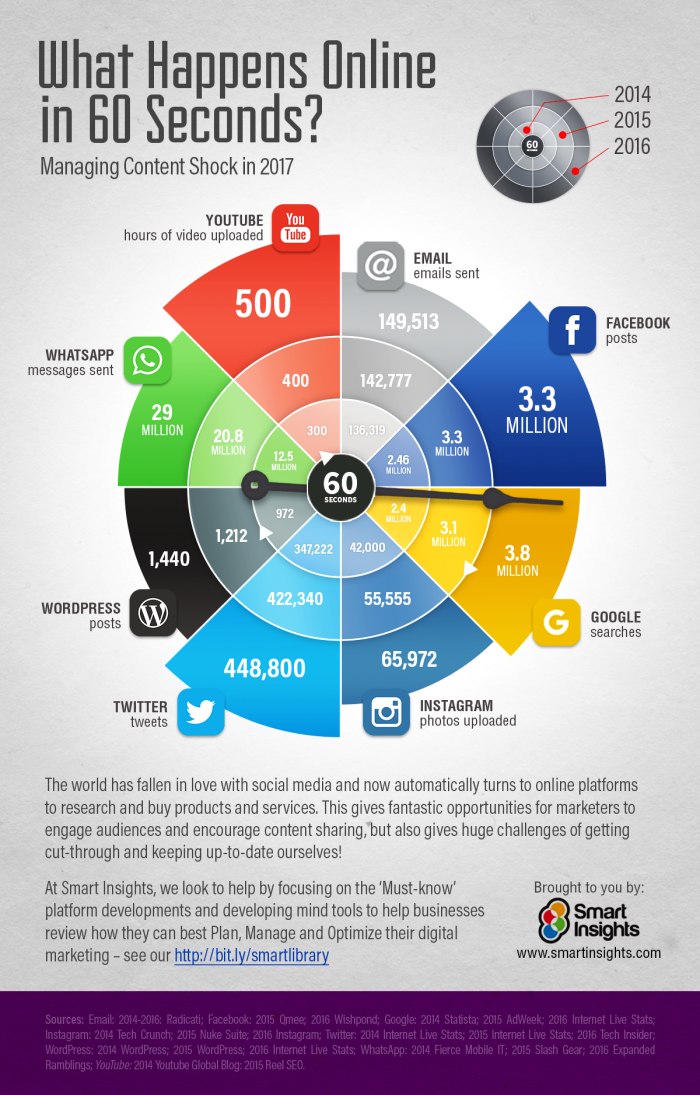

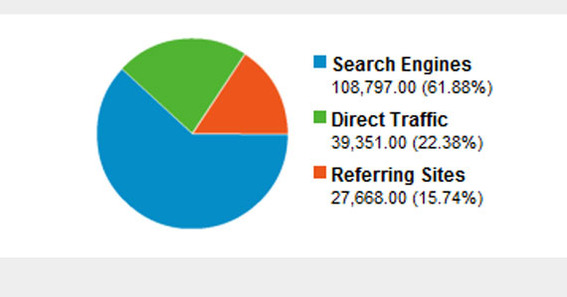
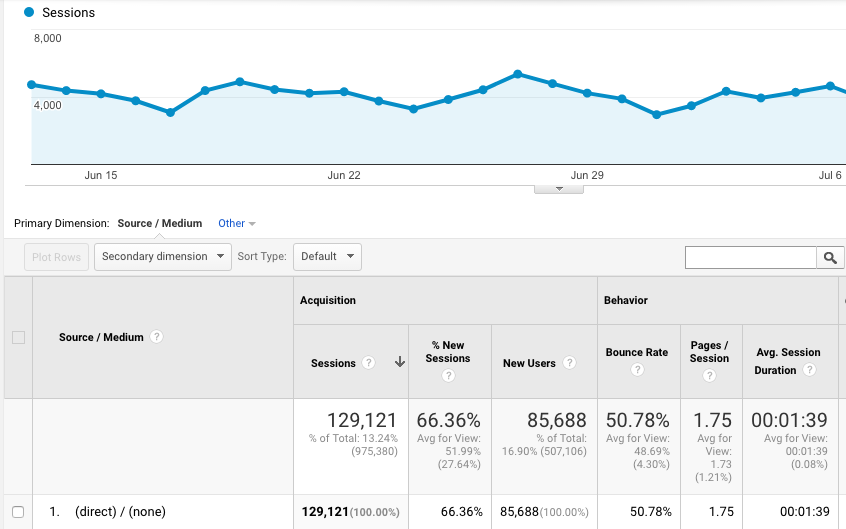


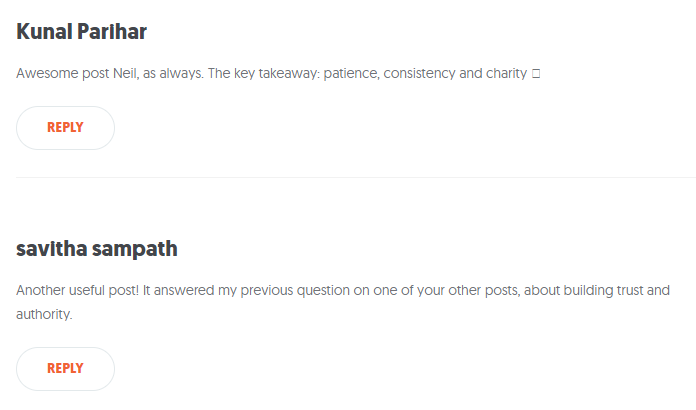
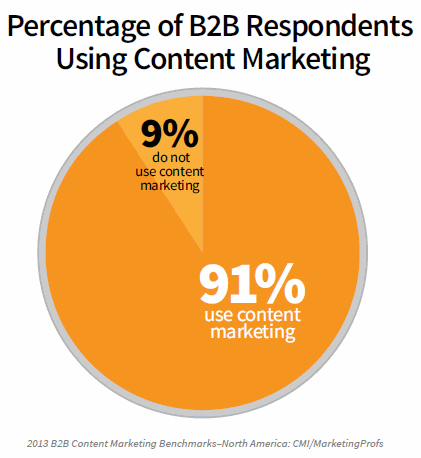
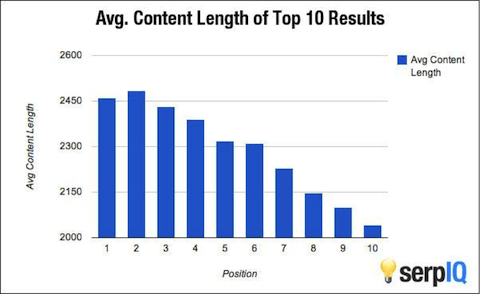

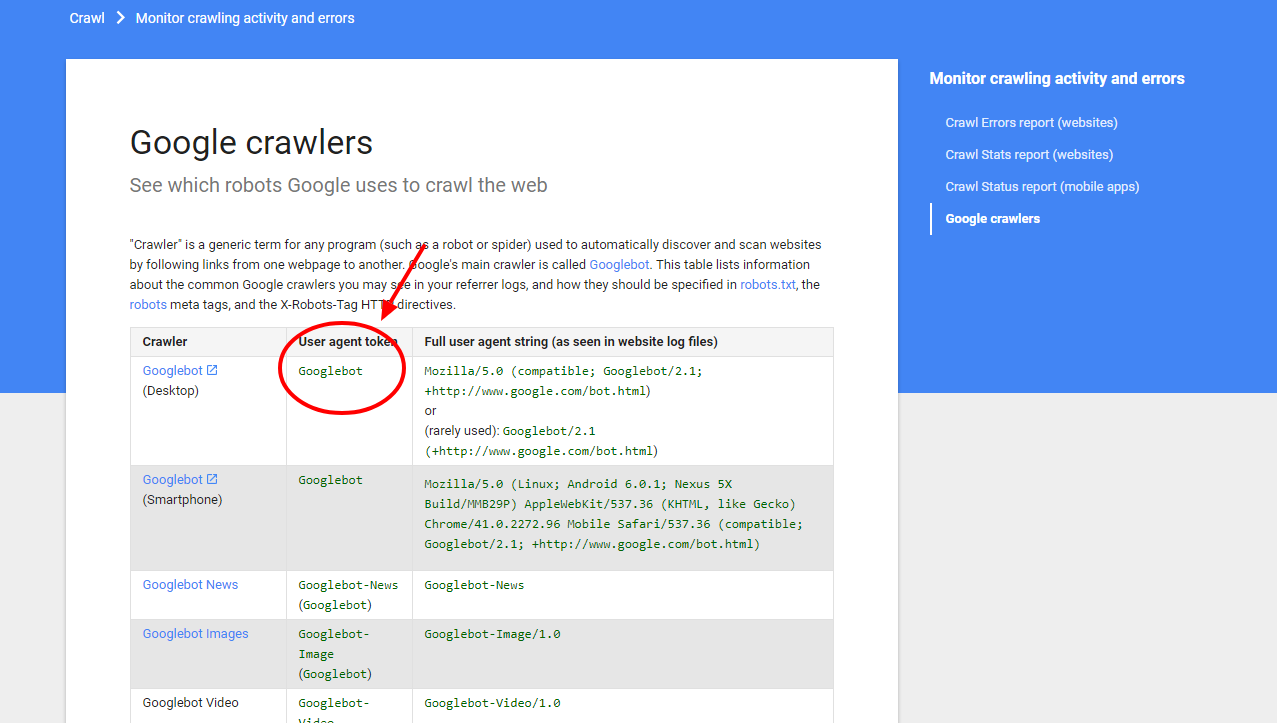
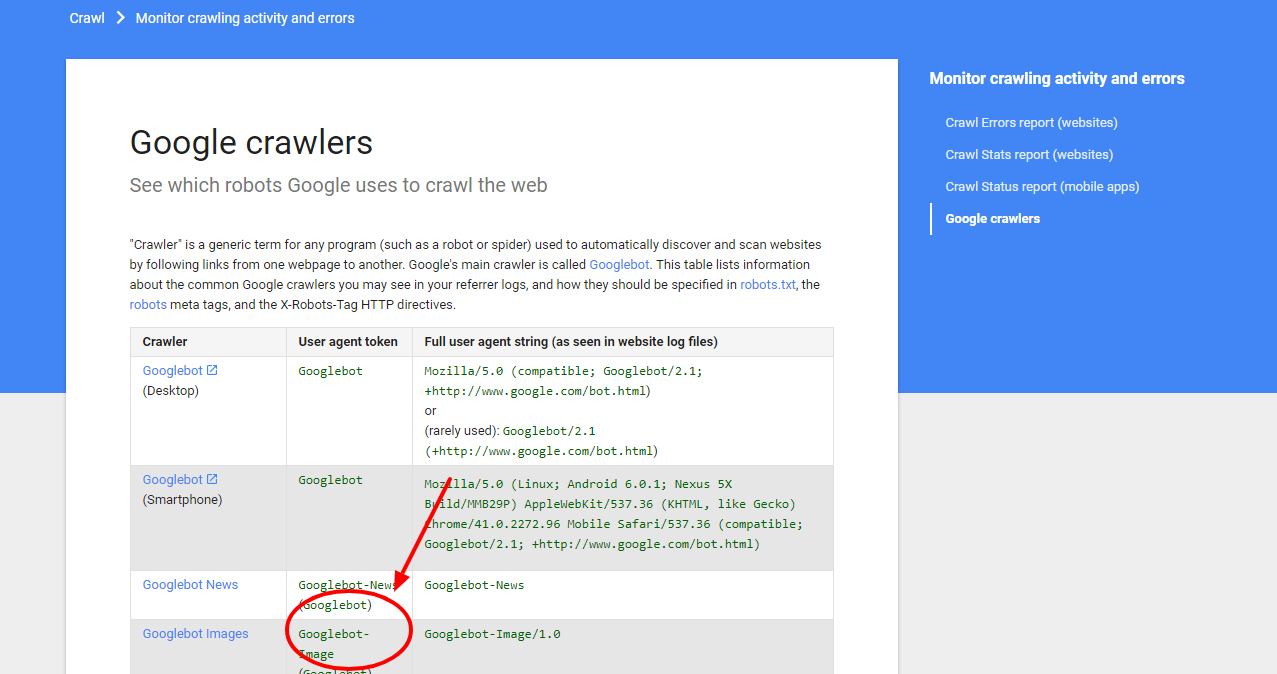
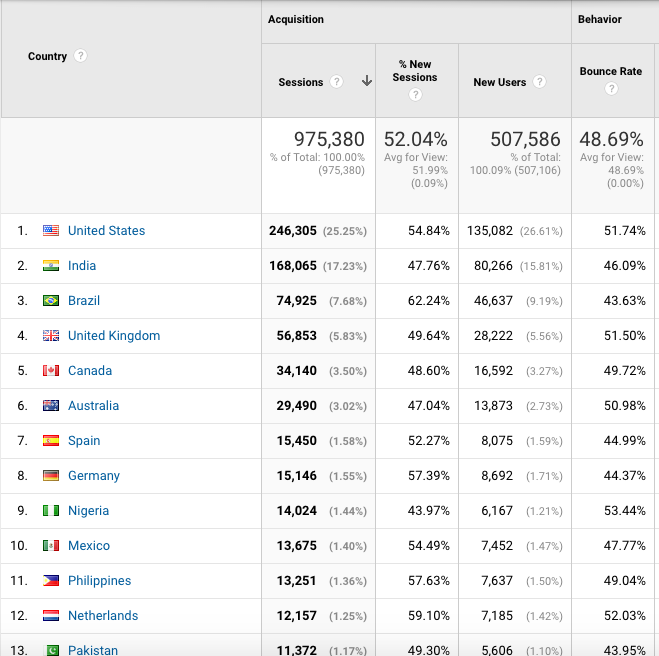

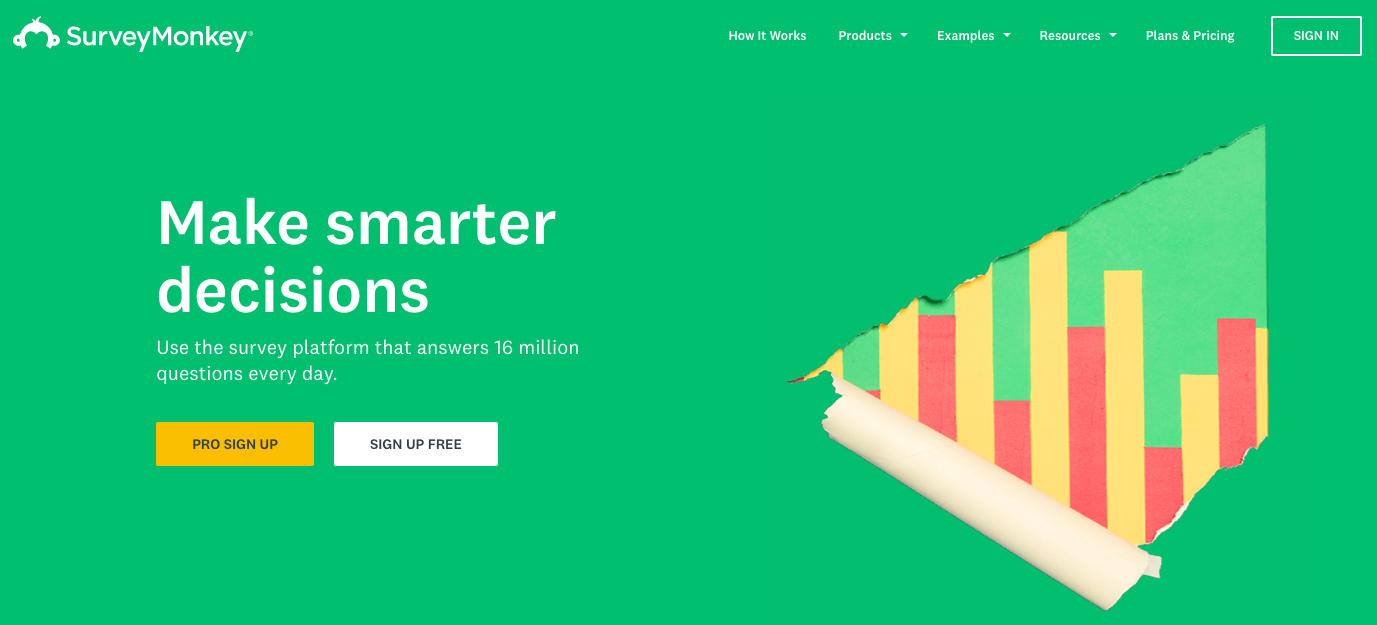

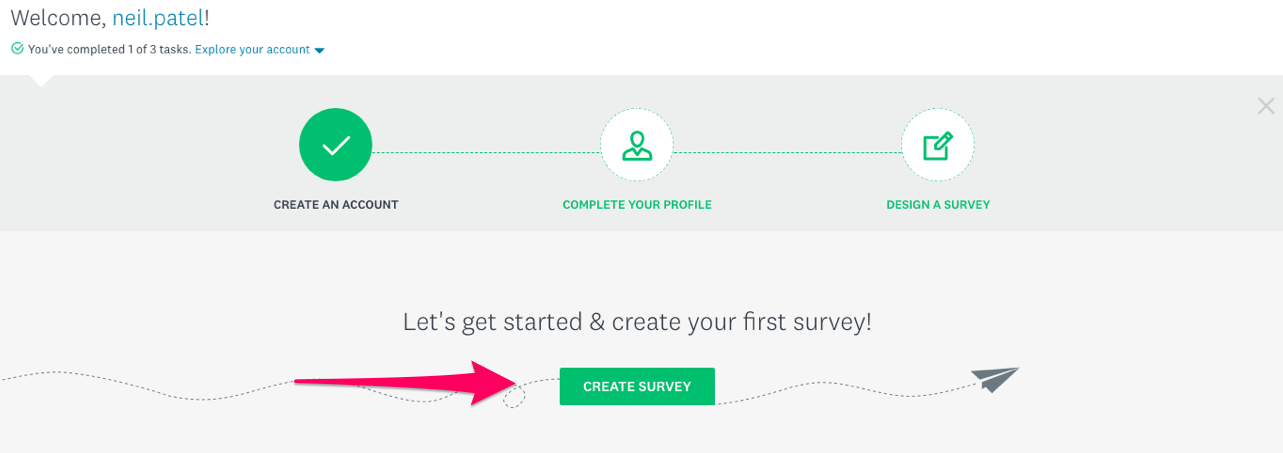
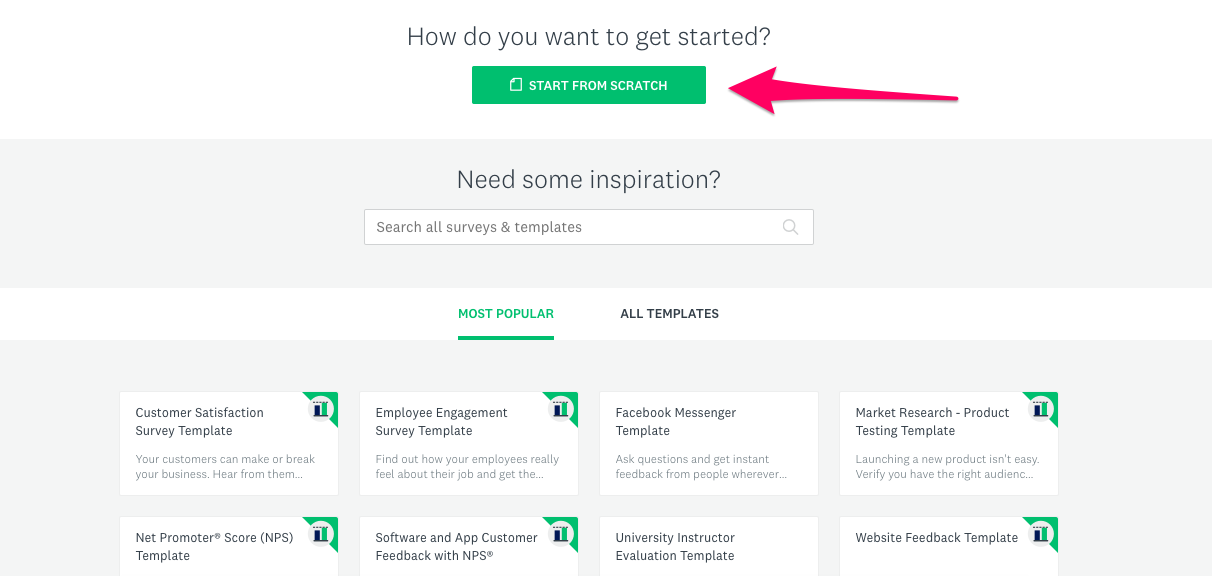
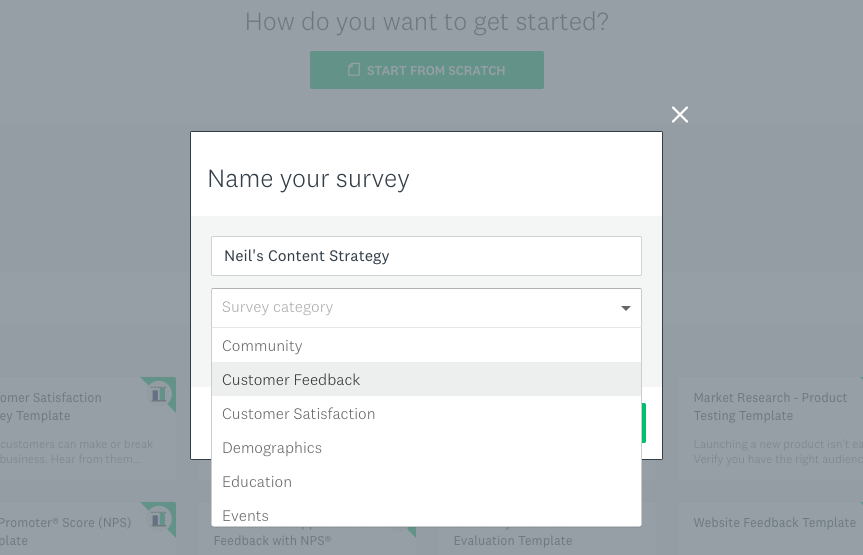
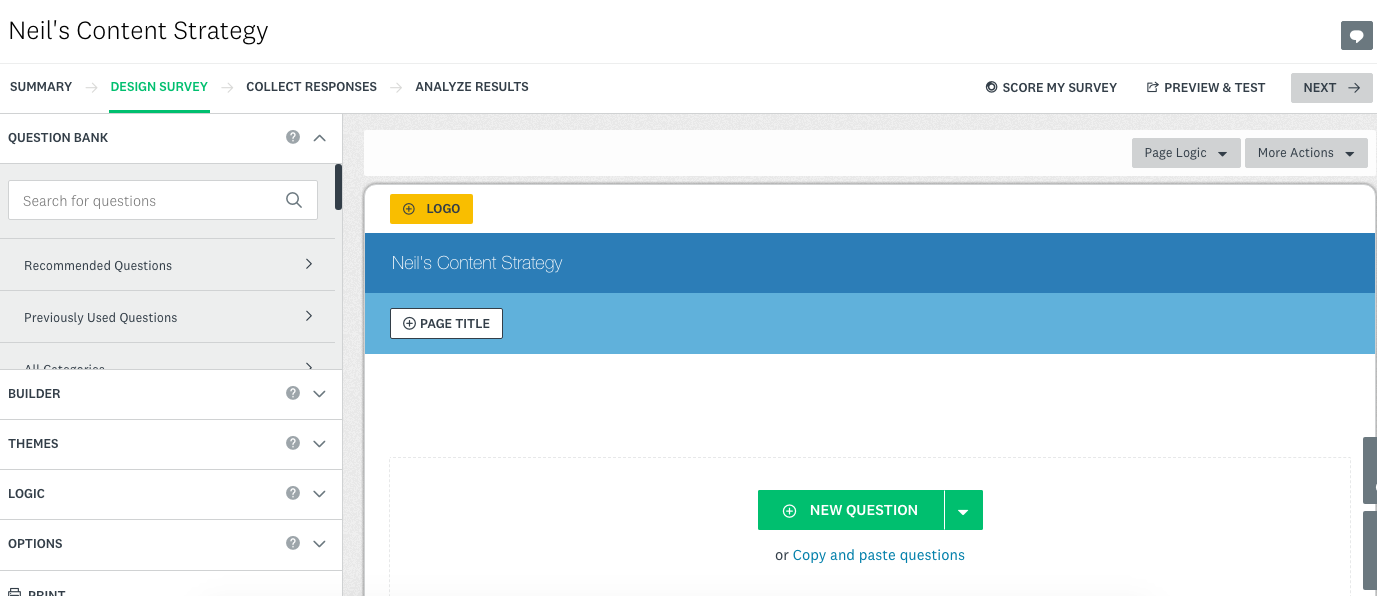

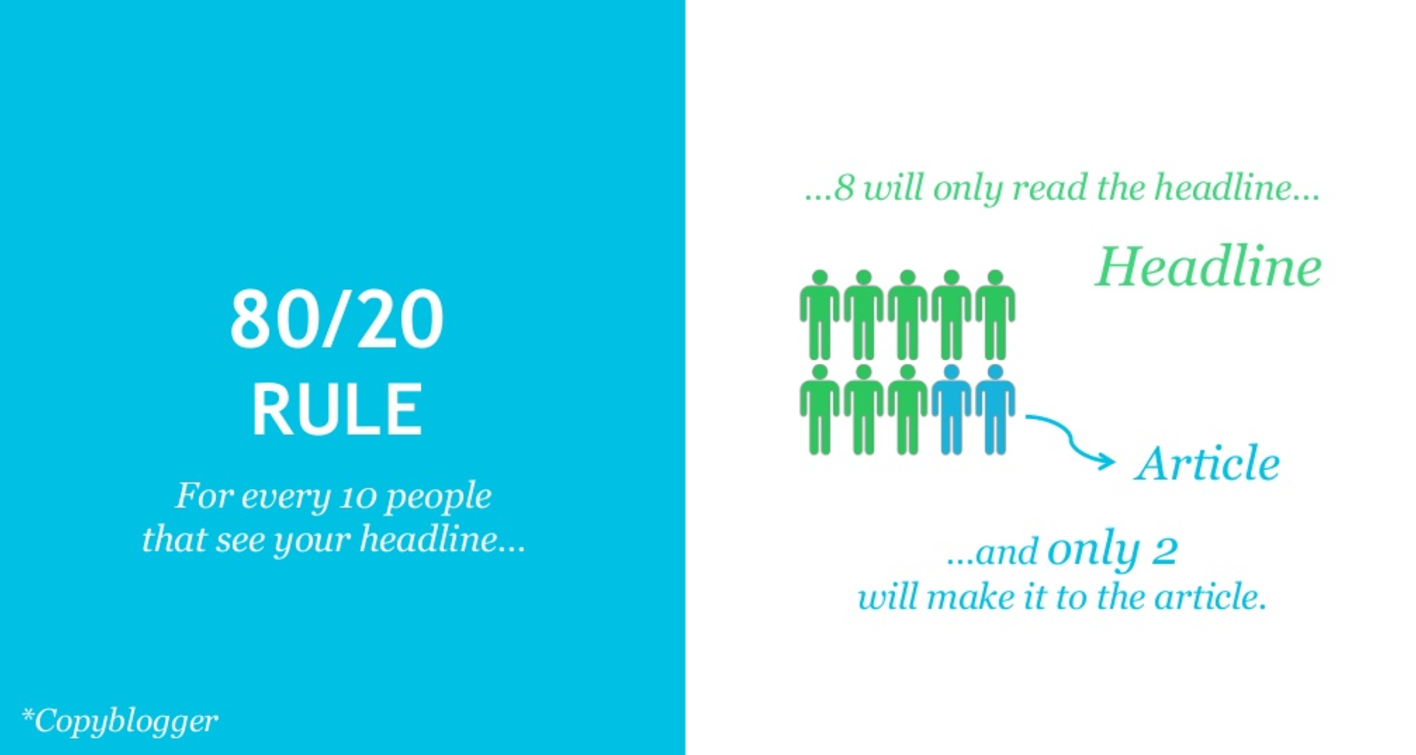
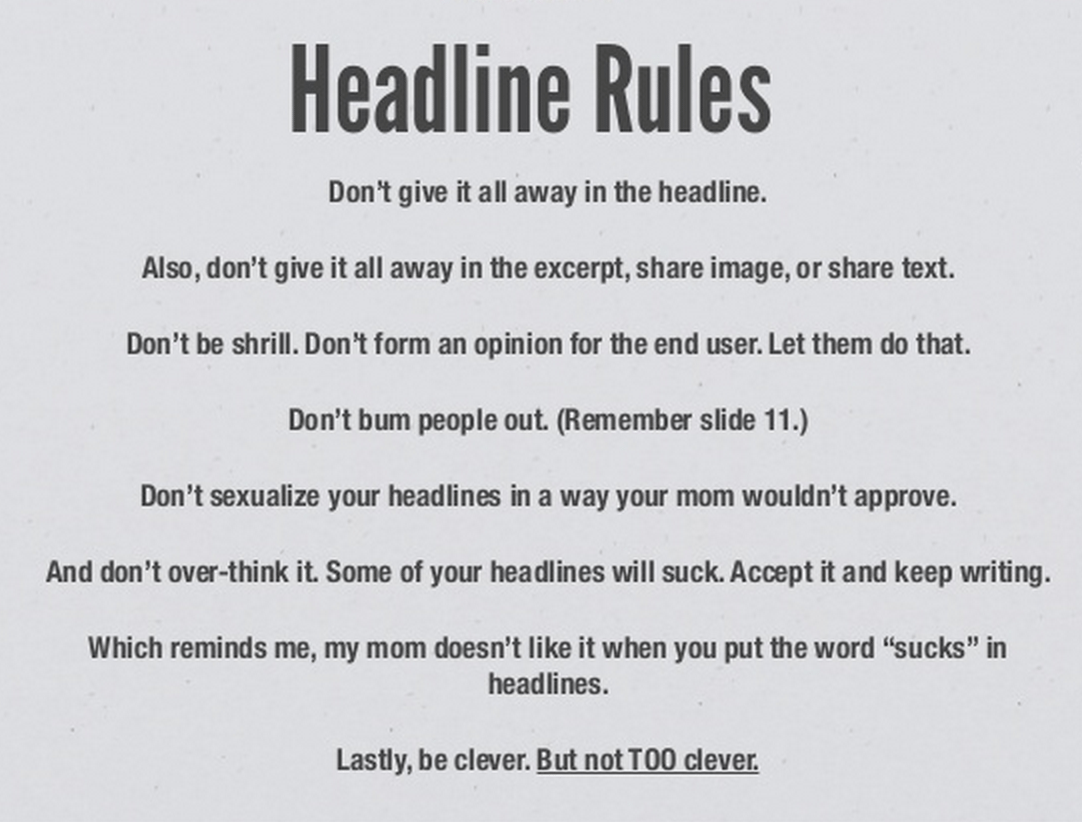
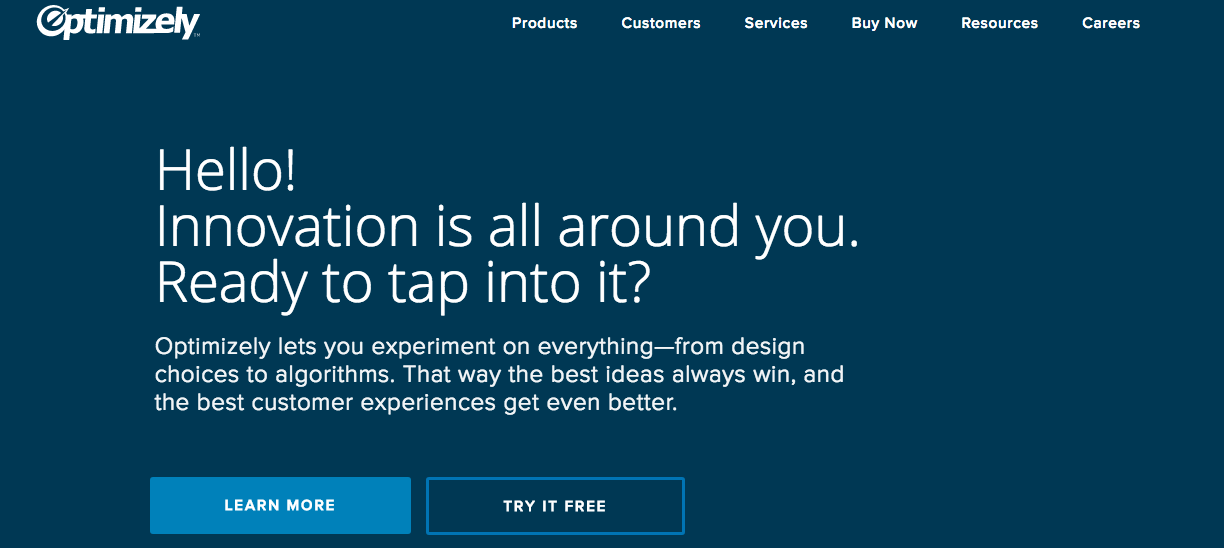
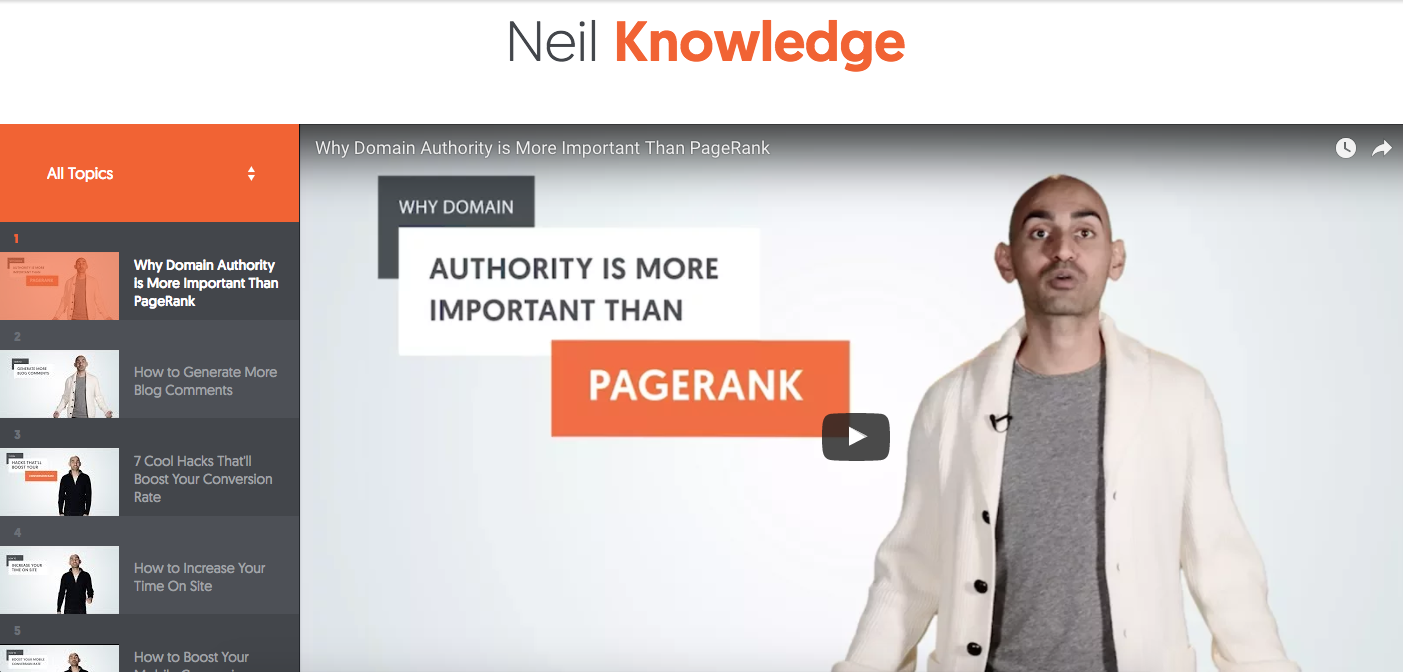
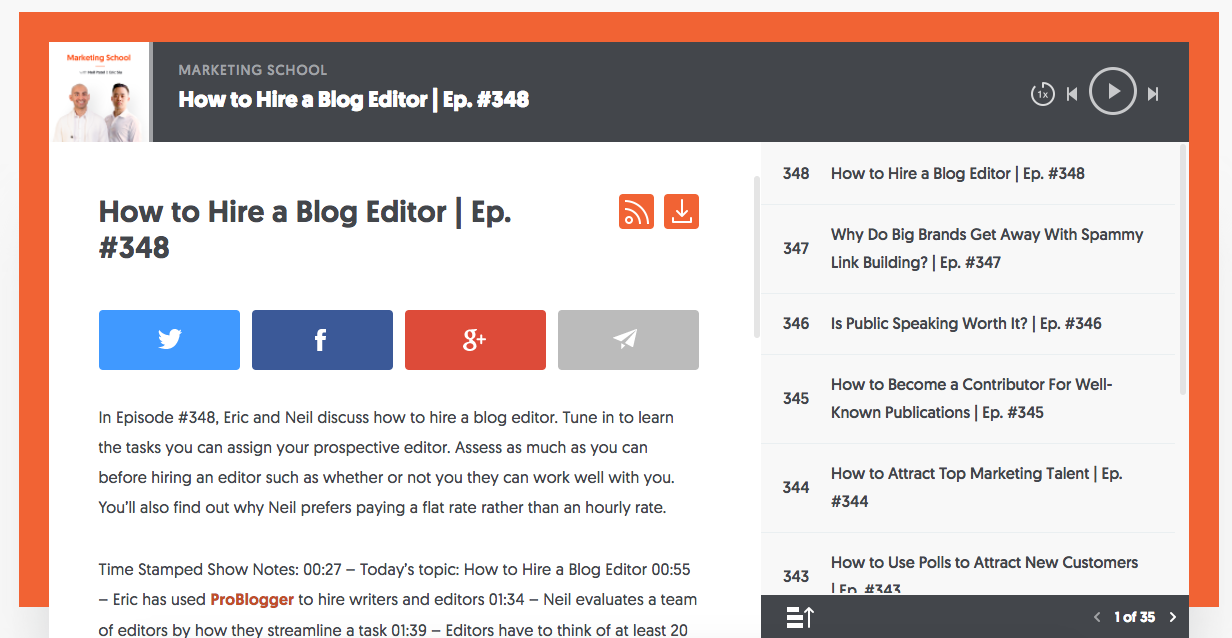
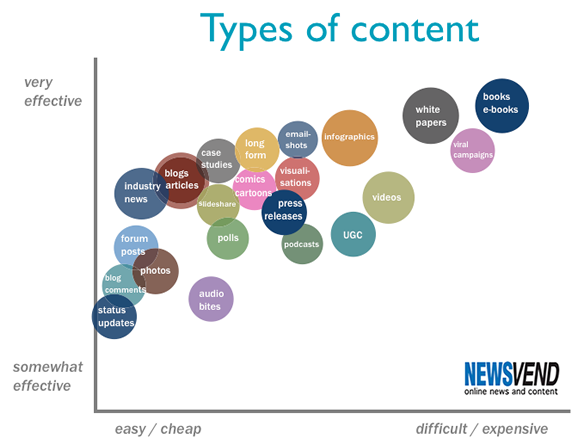

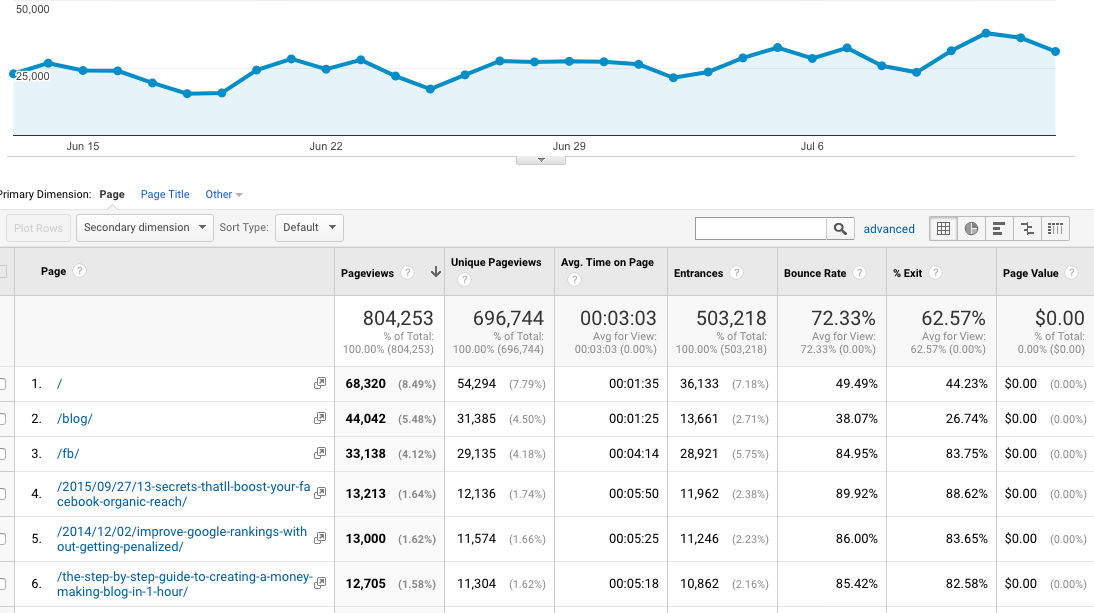
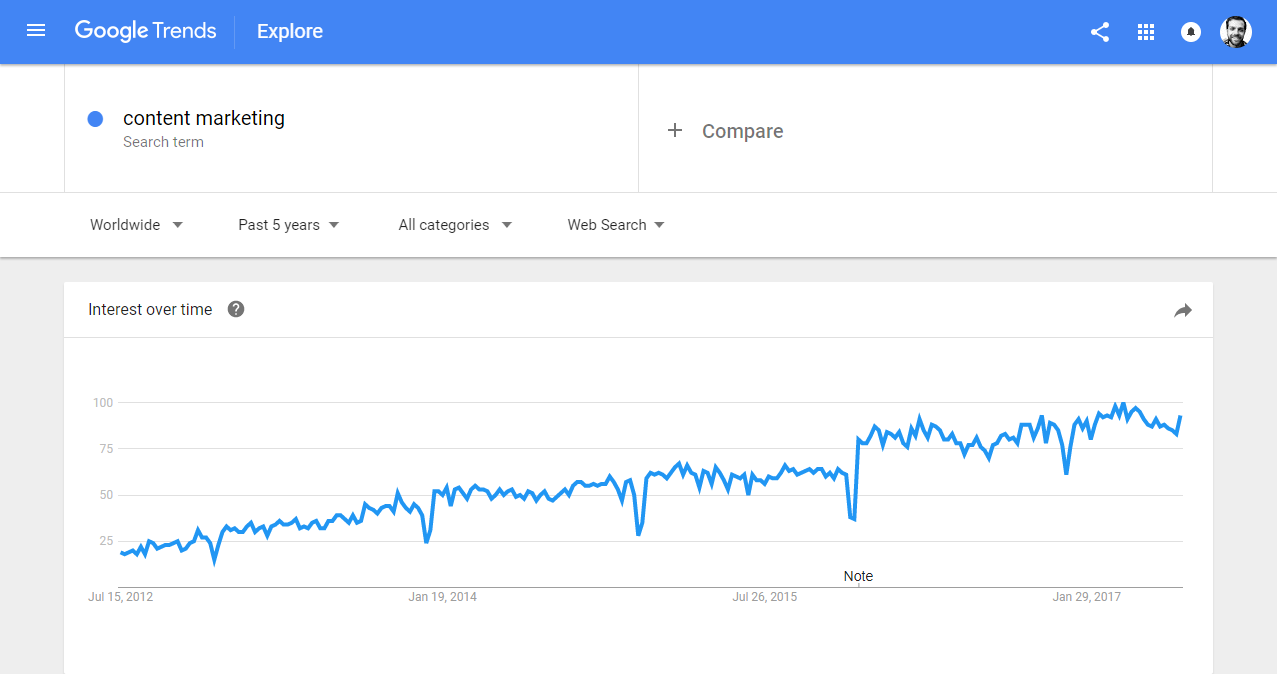
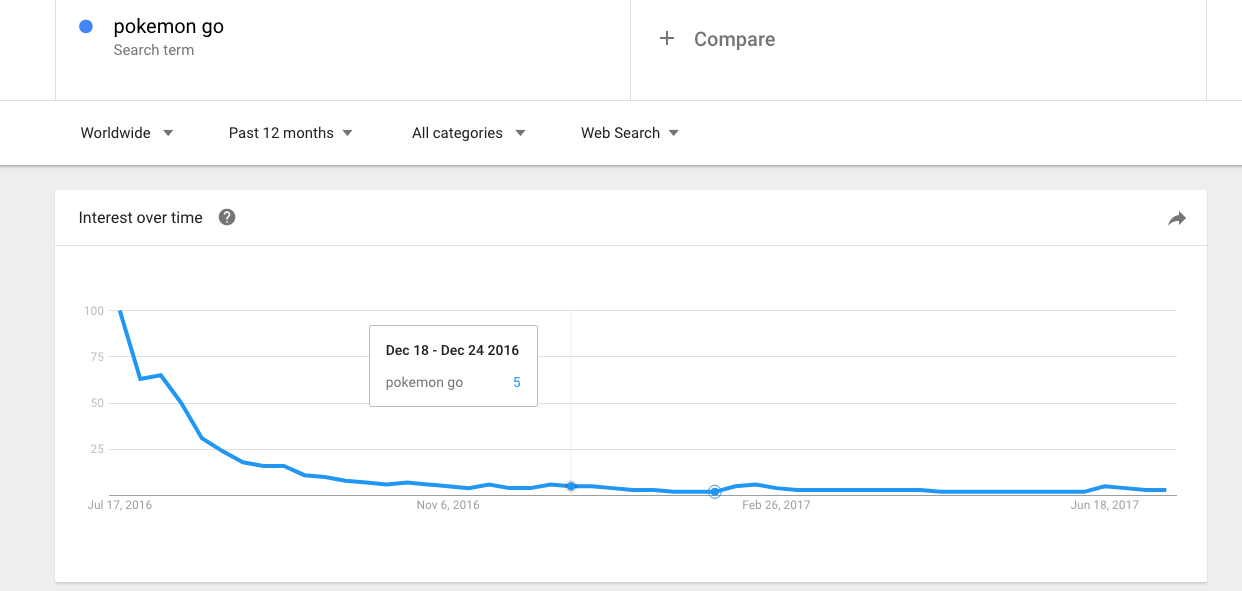
Comments (0)